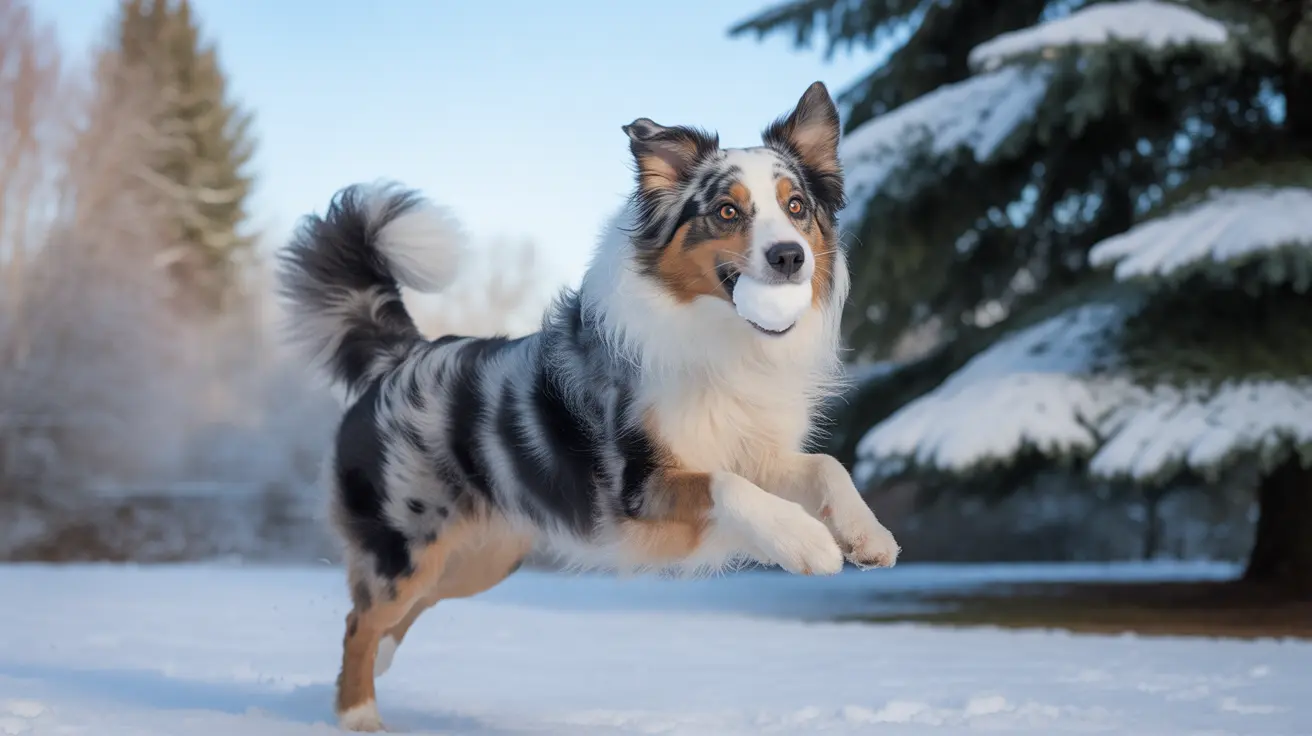The University of Montana is pioneering innovative approaches to wildlife research using advanced wildlife camera traps that combine motion and heat-sensing technology. These sophisticated devices automatically capture images when animals pass by, providing researchers and students with unprecedented insights into animal behavior without human interference. For pet owners and wildlife enthusiasts, this technology represents a breakthrough in understanding how animals navigate both natural and urban environments.
Camera traps have revolutionized wildlife monitoring by offering a non-invasive method to study animal populations, behaviors, and habitat preferences. The University of Montana's research demonstrates how these tools can bridge the gap between scientific research and practical applications for pet care, particularly in understanding local wildlife patterns that may affect domestic animals.
How Motion Sensor Wildlife Cameras Transform Animal Behavior Research
The technology behind wildlife camera traps relies on sophisticated motion and heat-sensing mechanisms that trigger automatic photography when animals enter the detection zone. This passive monitoring approach allows researchers to gather continuous data without disturbing natural behaviors or requiring constant human supervision in the field.
Students and researchers at the University of Montana deploy these cameras strategically around the Missoula area to document wildlife activity patterns, population dynamics, and species interactions. The resulting data provides valuable insights into how animals adapt to changing environments, including increasing urbanization pressures.
Urban Wildlife Monitoring and Pet Safety Implications
The University of Montana's camera trap studies reveal important information about predator-prey interactions wildlife cameras can document in urban settings. Understanding these dynamics helps pet owners make informed decisions about outdoor access for their cats and dogs, particularly during peak wildlife activity periods.
Urban wildlife monitoring through camera traps has documented various species adapting to city environments, from raccoons and deer to larger predators like mountain lions and black bears. This information proves invaluable for pet owners who need to understand potential wildlife encounters in their neighborhoods.
Using Trail Cameras for Lost Cats and Pet Recovery
Beyond scientific research, camera trap technology offers practical applications for pet owners facing the heartbreak of lost cats. Trail cameras can be strategically positioned near potential hiding spots, feeding areas, or along known travel routes to monitor for missing pets.
Pet recovery efforts benefit significantly from systematic camera placement combined with attractants like food or familiar scents. The motion-activated nature of these devices ensures continuous monitoring without requiring constant human presence, which might otherwise scare away frightened or feral cats.
Non-Invasive Wildlife Monitoring Benefits
The University of Montana's approach to non-invasive wildlife monitoring demonstrates how technology can advance conservation goals while minimizing ecosystem disruption. Camera traps eliminate the stress and potential harm associated with traditional capture-and-study methods, providing more accurate behavioral data.
This research methodology produces extensive photographic databases that aid in species identification, population estimates, and behavioral analysis. Advanced software helps researchers process the large volumes of images generated, identifying patterns and trends that inform wildlife management decisions.
Managing Human-Wildlife Conflict Through Data
Camera trap data analysis reveals crucial information about when and where human-wildlife conflicts are most likely to occur. This knowledge helps communities develop targeted strategies for managing interactions between domestic pets, wildlife, and human residents.
The University of Montana's research contributes to broader understanding of how urbanization affects wildlife behavior, providing evidence-based recommendations for reducing conflicts while supporting biodiversity in urban environments.
Frequently Asked Questions
How do camera traps detect and capture images of wildlife without disturbing them?
Camera traps use motion and heat sensors to automatically trigger photos or videos when an animal passes by, allowing non-invasive monitoring without human presence nearby.
What types of wildlife can typically be observed using camera traps in urban and natural environments?
Camera traps can detect a wide range of medium to large mammals and birds, including black bears, mountain lions, deer, raccoons, and sometimes even smaller animals like squirrels, with accurate species identification aided by software.
How can pet owners use wildlife or trail cameras to help find lost cats or monitor local animal activity?
Pet owners can strategically place trail cameras near known hiding or roaming spots to observe cat movements, create search maps, and set feeding stations to lure and locate lost or feral cats.
What are common challenges when using camera traps for wildlife monitoring in urban areas?
Increased urbanization limits some species due to habitat loss, while attractants like garbage may increase human-wildlife conflicts; data overload from many images also requires software for efficient analysis.
How does the University of Montana involve students and researchers in camera trap projects, and what conservation insights have been uncovered?
UM students deploy and analyze camera trap data to study wildlife behavior and population trends around Missoula, discovering species adaptability to urban areas and documenting predator-prey interactions, which aids in urban planning and biodiversity preservation.
Conclusion
The University of Montana's camera trap research represents a significant advancement in wildlife conservation technology, offering valuable insights for both scientific understanding and practical pet care applications. As this technology becomes more accessible, pet owners gain new tools for protecting their animals while contributing to broader conservation efforts.
Understanding local wildlife patterns through camera trap data empowers pet owners to make informed decisions about their animals' safety while supporting coexistence between domestic pets, wildlife, and human communities in increasingly urbanized landscapes.






